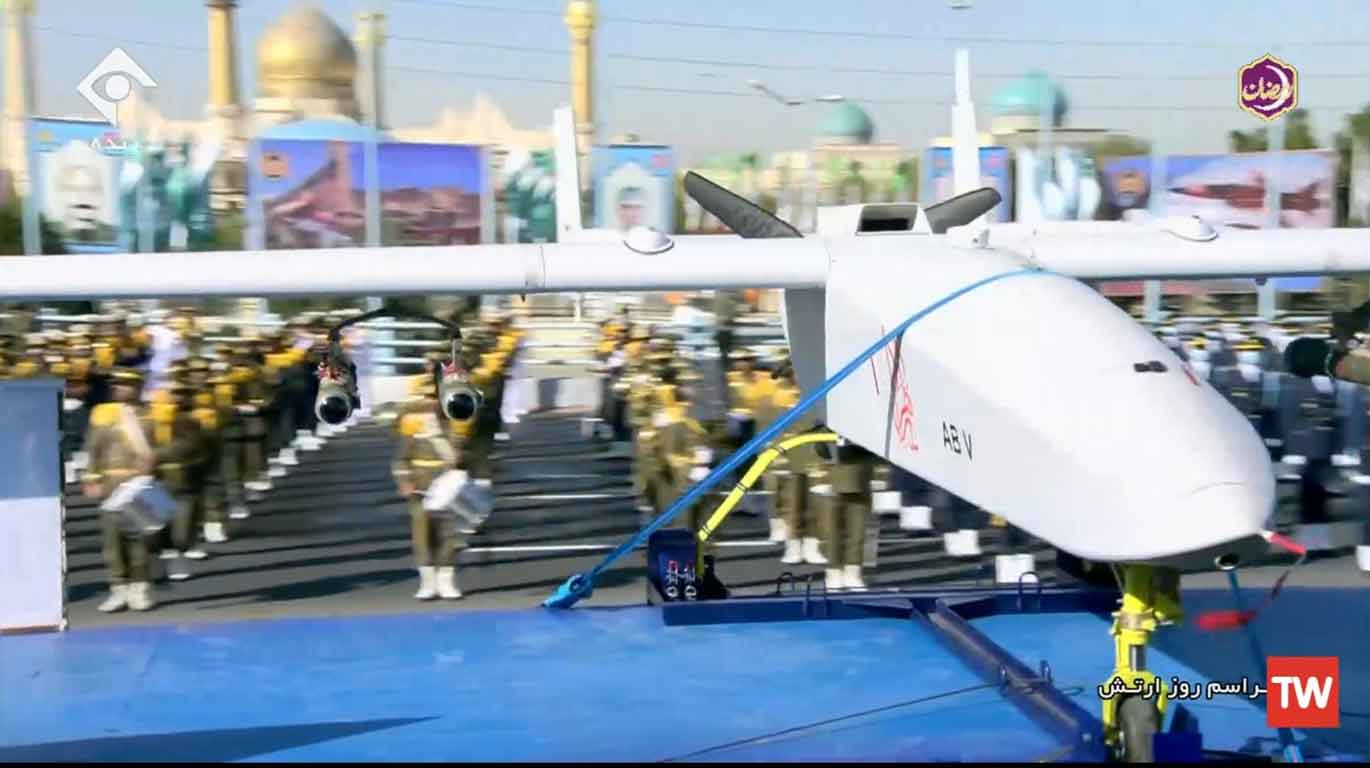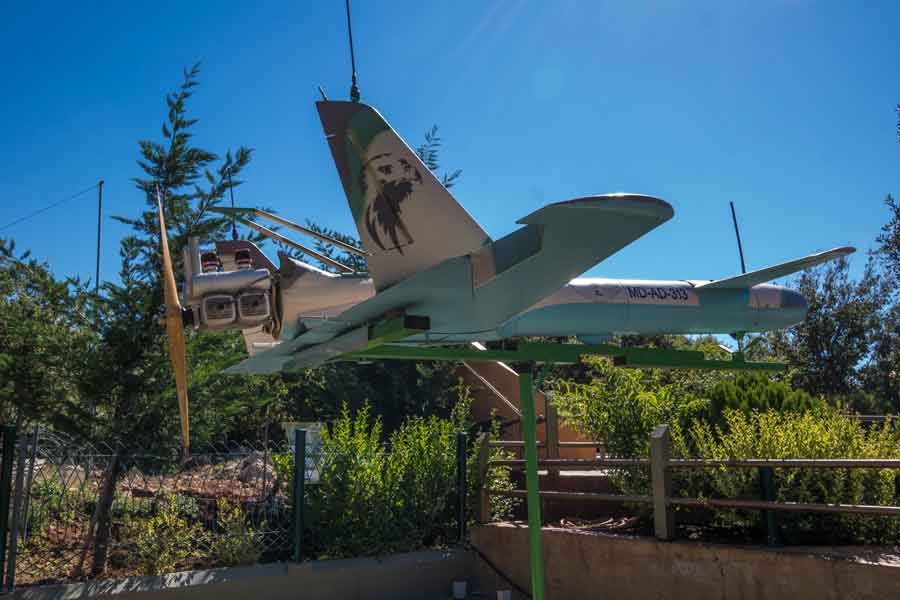How Iran is using lethal drones to extend its power and influence
How Iran is becoming an alternate supplier of lethal drones to Russia, and other countries.
By Arie Egozi
27 January 2023

The war in Ukraine has had many effects. Some are still not fully understood. But one is clear – the war has helped Iran build an advanced UAV industry. When you add this to the fact Iran is ready to supply its armed UAVs to any country that is against the west, the situation is worrying.
According to Israeli experts, the Iranians are sending hundreds of different types of UAVs to Russia. With no effective air force, the Iranians have built a large UAV industry to have another way of hitting targets in Israel and the Gulf.
They say the Iranian UAV industry was developed using imported parts bought in various countries by several "straw" companies, to bypass international sanctions. Tal Inbar, an independent analyst, points to the Ababil 5, “a UAV, which is about five meters long and has a wingspan of seven meters," he says.
Unlike the heavy industry required to produce armoured platforms and ballistic missiles, UAVs frequently rely on civilian components, which can be obtained even online. As a result, the Iranian UAV industry has expanded quickly.
Israeli sources also claim that some of the Iranian UAVs have been manufactured based on reverse engineering of American and Israeli UAVs that were shot down in Iranian airspace. And the Iranian UAV industry is spreading to other countries. In May 2017, the Iranian press reported on the inauguration ceremony of a UAV factory that was built In Tajikistan.
Israeli defence sources say this plant is currently producing older models of the Iranian Ababil UAV. On May 28, 2022, Iran unveiled an underground UAV base, at an undisclosed location. A new, small, AI-launched cruise missile was also observed among various types of drones and munitions. The new cruise missile is carried by an Iranian copy of the US’s Predator Remotely Piloted Air System.

A Hezbollah Ababil-2 UAV, twin-tail variant with surveillance payload, on display at Mleeta, Lebanon.
(Photo: Frode Bjorshol - https://www.flickr.com/photos/froderamone/10412373873/, CC BY 2.0, https://commons.wikimedia.org/w/index.php?curid=65093190)
According to international media, Israel is fighting a battle against the spread of Iranian UAVs and missiles by bombing shipments of them bound for Lebanon, where Iran's proxy, Hezbollah, is deploying them. Iranian UAV sites in Lebanon are also being attacked.
Israel is constantly monitoring Iran's efforts to set up factories making weapons in various nations to circumvent international sanctions. After supplying large numbers of armed UAVs to Russia for it to use in its war in Ukraine, Tehran is negotiating the establishment of a UAV factory in Russia. Different sources claim that shipments of UAVs from Iran to Venezuela have been followed by local "assembly" sites.
Dr Moredchai Kedar, an Israeli expert on Middle East issues says that the Iranians are continuing to build what he calls a "terror empire." "The international sanctions do not allow them to export weapon systems, so they have decided to establish assembly and production lines in different countries,” he explains. “They send their experts, and they manage to use available technologies to manufacture weapons that Tehran then exports to its allies around the world."
Some of the weapon systems used by the Houthis in Yemen are being assembled in the country. This local operation began with simple items like land mines, but in recent months the scope of local assembly and some production has increased.
According to a report in the Tehran Times, the Iranian production site in Tajikistan is now producing the Ababil-2 UAV. The Iranian paper says Iran's cooperation with Tajikistan can serve as a model for West Asia if it abandons its subordination to the US and lives in a "fearless world."
The regional development effort has already been impacted by Iran's new strategy on armament production. A senior Iranian military official said last September that his nation had developed a long-range suicide drone which could hit significant Israeli cities along the Mediterranean coast. Iran’s UAV industry has also been boosted in recent months by the money paid by Moscow for the armed UAVs used in Ukraine.